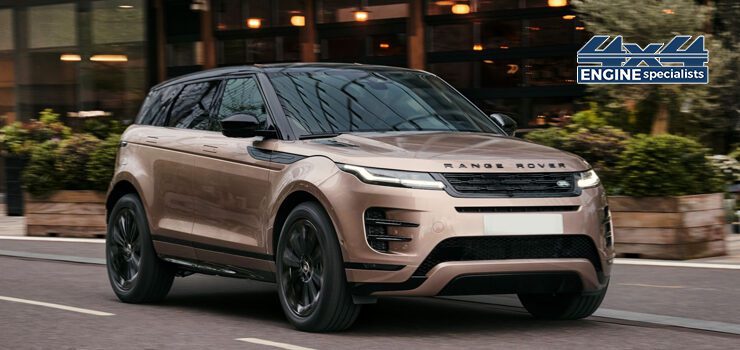Introduction:
The automobile industry has witnessed remarkable advancements in engine technology over the years, particularly in the domain of power and torque generation. Among the iconic names in the luxury SUV segment, Range Rover stands out as a symbol of elegance, performance, and off-road capability. In its pursuit of excellence, Land Rover has introduced the Range Rover 2.0 engine, boasting cutting-edge specifications. This article embarks on a comprehensive comparison of the power and torque specifications of the Range Rover Engine with its predecessors, delving into the evolutionary journey of Range Rover engines.
The Legacy of Range Rover Engines
The Range Rover series has a rich heritage of powerful engines dating back to its inception. From the classic Range Rover models to the latest iterations, each generation has witnessed significant advancements in engine technology. Understanding the evolution of Range Rover engines provides valuable insights into the brand’s commitment to innovation and performance.
Introducing the Range Rover 2.0 Engine
Land Rover’s latest addition to its engine lineup, the Range Rover 2.0 engine, represents a leap forward in efficiency and performance. Equipped with state-of-the-art technology and engineering prowess, this powertrain sets new benchmarks in power delivery and fuel economy. Exploring its specifications in comparison to its predecessors sheds light on the advancements achieved by Land Rover.
Power Dynamics: Range Rover 2.0 vs. Previous Generations
One of the key metrics defining an engine’s performance is its power output. The 4×4 engines specialists boasts impressive power figures, but how does it fare against its predecessors? By analyzing the power dynamics of each generation, we can gauge the evolutionary trajectory of Range Rover engines and evaluate the improvements achieved over time.
Torque Matters: Unraveling the Twist
Torque plays a crucial role in determining a vehicle’s towing capacity, off-road prowess, and overall drivability. The torque specifications of the Range Rover 2.0 engine offer insights into its low-end grunt and pulling power. Comparing the torque figures with previous iterations helps in understanding the engineering nuances and design optimizations implemented by Land Rover.
Engineering Marvels: Innovations in Powertrain Technology
Behind every impressive power and torque figure lies a myriad of engineering innovations. Land Rover has continuously pushed the boundaries of powertrain technology, incorporating advanced features such as turbocharging, direct injection, and hybridization. Examining the technological advancements introduced in the Range Rover 2.0 engine unveils the culmination of years of research and development.
Performance on and off the Road: Driving Experience Reimagined
Beyond mere numbers, the true test of an engine lies in its real-world performance. The Range Rover 2.0 engine promises an exhilarating driving experience, whether navigating city streets or conquering rugged terrains. By comparing the on-road dynamics and off-road capabilities with its predecessors, we can ascertain the holistic evolution of Range Rover’s engineering prowess.
Efficiency Redefined: Balancing Power with Economy
In an era characterized by environmental consciousness and fuel efficiency mandates, automakers are compelled to strike a delicate balance between power and economy. The Range Rover 2.0 engine exemplifies Land Rover’s commitment to sustainability without compromising performance. Analyzing its fuel efficiency and emissions profiles vis-à-vis earlier models highlights the strides made in eco-friendly engineering.
Customer Perspectives: Reception and Feedback
Ultimately, the success of any engine lies in the hands of the customers. Understanding their perspectives, feedback, and experiences provides invaluable insights into the real-world performance and satisfaction levels. By aggregating customer reviews and testimonials regarding the Range Rover 2.0 engine and comparing them with historical feedback, we can gauge the reception of this latest powertrain offering.
Conclusion:
The evolution of Range Rover engines epitomizes the relentless pursuit of excellence and innovation in the automotive industry. From the iconic predecessors to the latest Range Rover 2.0 engine, each iteration represents a culmination of technological advancements, engineering prowess, and customer-centric design. By undertaking a comprehensive comparison of power and torque specifications, we unravel the evolutionary journey of Range Rover engines, celebrating their legacy while embracing the future of automotive excellence.


